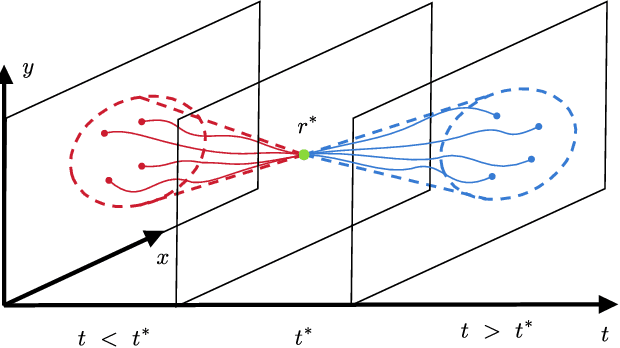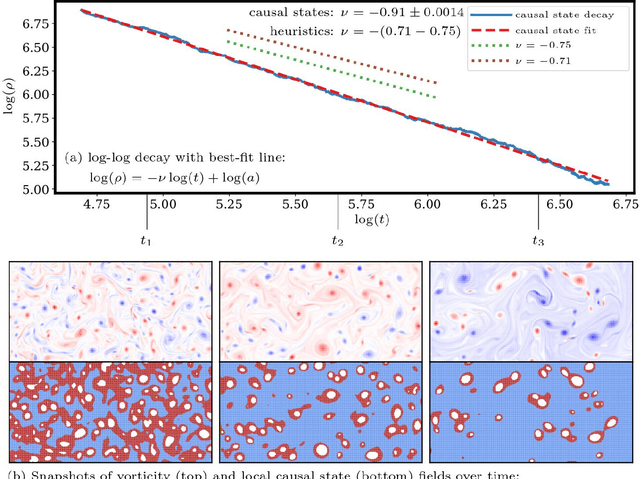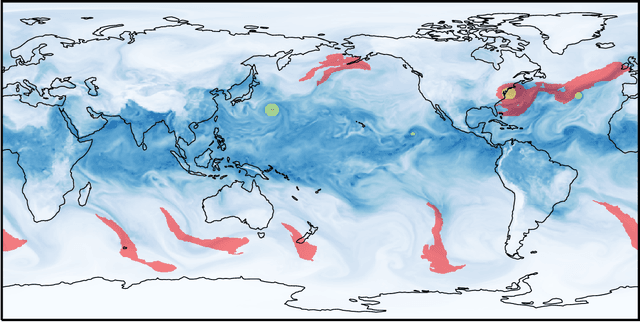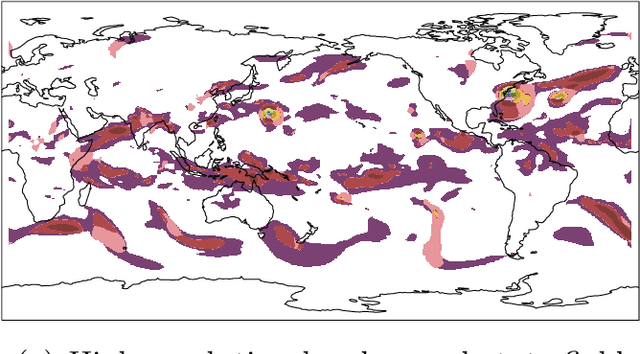Physics-Informed Representation Learning for Emergent Organization in Complex Dynamical Systems
Paper and Code
Apr 25, 2023



Nonlinearly interacting system components often introduce instabilities that generate phenomena with new properties and at different space-time scales than the components. This is known as spontaneous self-organization and is ubiquitous in systems far from thermodynamic equilibrium. We introduce a theoretically-grounded framework for emergent organization that, via data-driven algorithms, is constructive in practice. Its building blocks are spacetime lightcones that capture how information propagates across a system through local interactions. We show that predictive equivalence classes of lightcones, local causal states, capture organized behaviors and coherent structures in complex spatiotemporal systems. Using our unsupervised physics-informed machine learning algorithm and a high-performance computing implementation, we demonstrate the applicability of the local causal states for real-world domain science problems. We show that the local causal states capture vortices and their power-law decay behavior in two-dimensional turbulence. We then show that known (hurricanes and atmospheric rivers) and novel extreme weather events can be identified on a pixel-level basis and tracked through time in high-resolution climate data.
 Add to Chrome
Add to Chrome Add to Firefox
Add to Firefox Add to Edge
Add to Edge